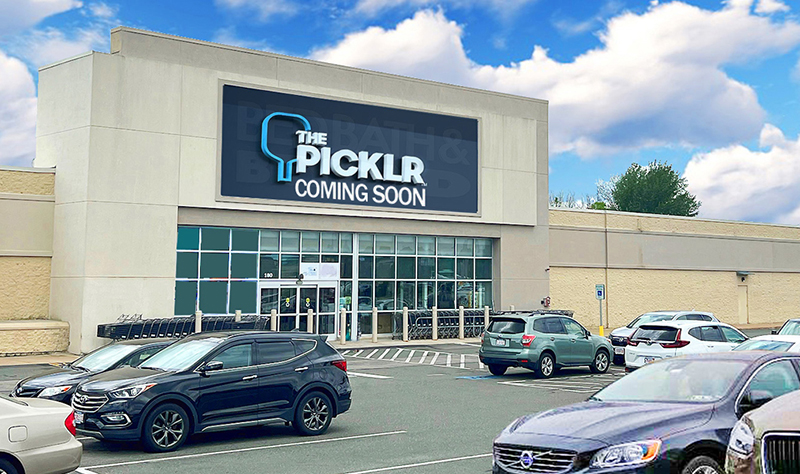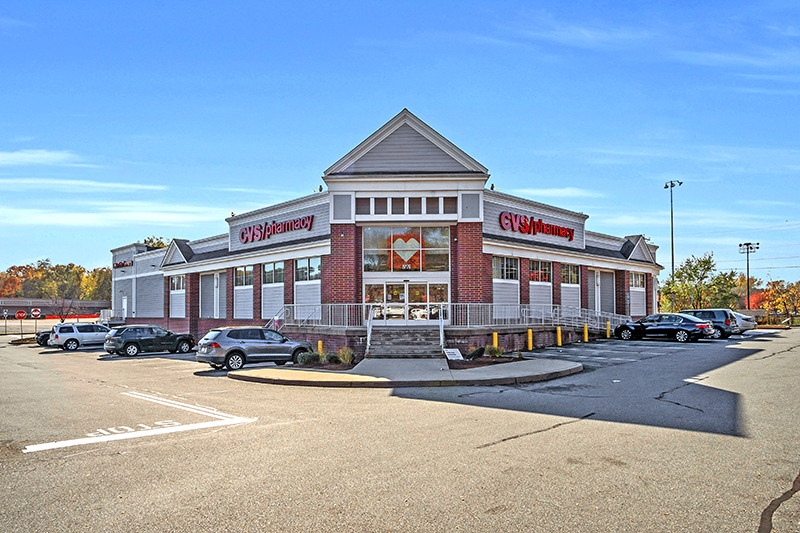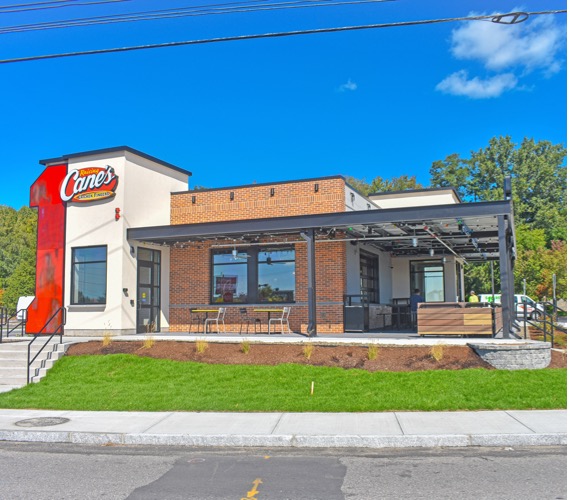Question of the Month: How do I get efficient execution on the best terms, in today’s commercial real estate debt market? - by Chris McDaniel
 Chris McDaniel, A10 Capital
Chris McDaniel, A10 CapitalSimply put, stay educated about the market and enhance your relationships with the lending community. The days of reliance on a good relationship with a local bank to take care of everything are over. Below are some of the challenges facing today’s borrower and some suggestions for advanced planning.
First, assess what category of lender might provide the best execution, depending on the nature of the request. For example, the lender of choice for an unstabilized property that needs a bridge loan, may be very different from the lender that can provide long-term fixed rate debt for stabilized assets.
Second, determine what kind of structure will actually work for you as the borrower. In the example above, a transitional bridge loan is often accomplished with a bank balance sheet lender, so long as a personal guarantee is offered. This, however, may not work for a principal that is averse to personal guarantees, or manages a structure that is majority owned by LPs that are unwilling to guarantee. In this instance, a non-recourse lender like A10 Capital that specializes in non-recourse bridge loans, with committed future funding options for TI/LC/CAPEX costs will be a preferred option.
Also, in the case of a permanent loan execution, borrower’s desired LTV levels and length of term, will highly influence with whom a borrower should transact. A bank balance sheet execution will often be made for a 5-7 year fixed rate term and at lower leverage than a 10-year fixed rate CMBS loan at higher leverage. A10 Capital, for example also has robust permanent loan platform. A10 makes non-recourse permanent loans for 7-20 year fixed rate terms and often at higher leverage points than banks and life insurance companies. Also, since A10 has its own balance sheet and does not sell its loans, there is no B-piece buyer, or loan sale execution risk, like in CMBS.
Third, consider how important a relationship lender is to your business model. CMBS was often a preferred method for middle market sized borrowers who desire long-term 10-year, fixed-rate, non-recourse financing. However, borrowers now understand that post-closing there is no relationship. The loan is administered by a third-party servicer, who is often unfamiliar with the loan agreement and cannot make quick decisions regarding lease approvals, loan modifications, or loan assumptions. According to CREFC, many servicers also charge a range of fees for services, such as paying taxes or obtaining lease approvals. Not A10. Fees aside, most borrowers are frustrated by lack of or delay in response to requests to CMBS servicers. As a full-service platform, A10 handles these kind of requests in-house.
A10 Capital also focuses on the middle market ($1-20 million loans), an area often neglected by insurers and makes loans that do not require personal guarantees, unlike many local banks. Moreover, for borrowers concerned about the rise of interest rates, A10 commits to loans with 7-20 year fixed rate terms, with no rate resets and can lock rates prior to loan closing. Given the 10-year treasury is up by approximately 91 basis points since Aug. of 2016 (from 1.5% to 2.41% a/o 2/17/17), rate locks have become very important to borrowers. Also, A10 Capital has an in-house legal department to save on high cost legal bills that are often typical of other providers.
Fourth, keep up-to-date on the intangibles and how that is affecting the possible lender pool, as a mortgage transaction nears. CMBS has been affected by risk retention rules that have blurred certainty of loan execution. The election of a new President, who has called for the scaling back of Dodd-Frank regulations, may widen mortgage options, but there is lack of clarity as to what changes actually will be made. Also, when evaluating a lender, pay particular attention to a bank that may be already be “overweight” on real estate loans, according to its regulator, or to a smaller CMBS lender that may not be able to execute because it doesn’t have its own balance sheet, or control its own CMBS shelf.
Make sure to reach out to lenders like A10 Capital in advance of a pending need, in order to get a view of the market.
Chris McDaniel is an executive vice president of A10 Capital, Stamford, Conn.
Mace of KeyPoint Partners negotiates 36,192 s/f lease for The Picklr at Endicott Square
Danvers, MA KeyPoint Partners (KPP) negotiated a lease with the nation’s premier indoor pickleball venue The Picklr at Endicott Sq. Vice president of retail brokerage Don Mace negotiated the transaction on behalf of the landlord.





.jpg)


.png)